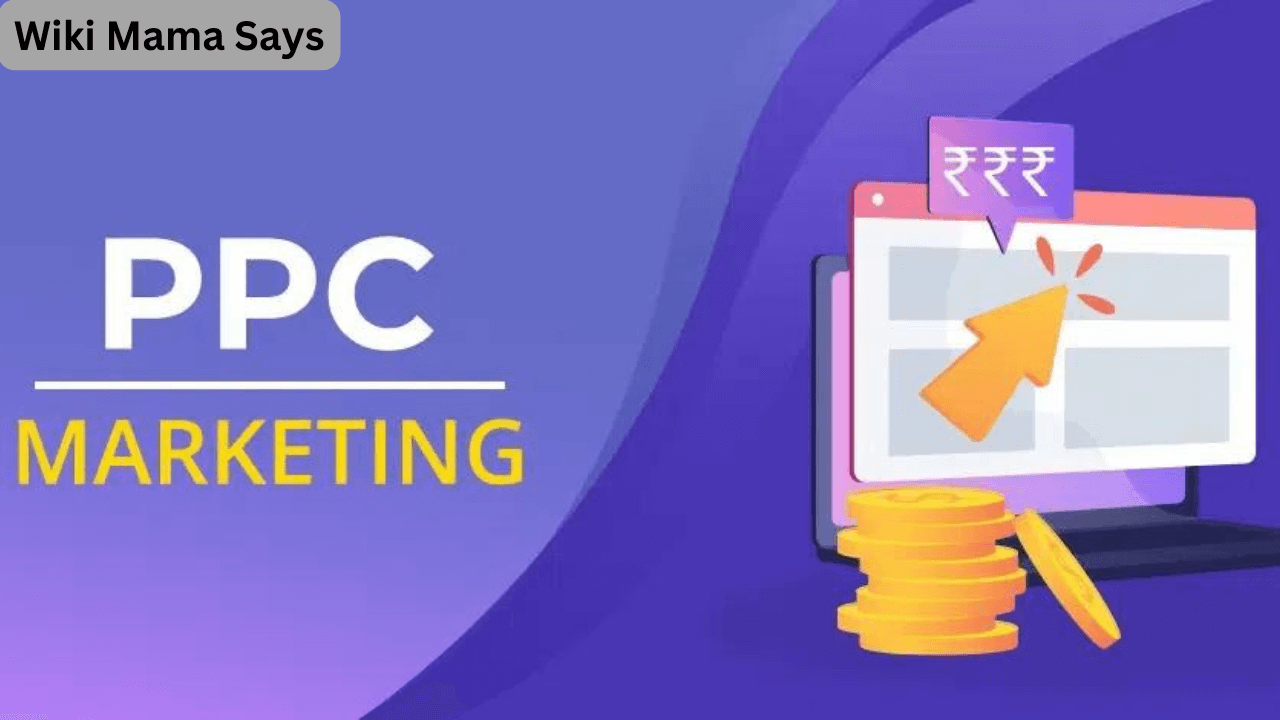PPC (Pay-Per-Click) marketing is a powerful tool in the digital marketing arsenal, offering businesses the opportunity to drive targeted traffic to their websites and achieve measurable results. This article will explore the essentials of PPC marketing, its benefits, and how you can implement effective PPC campaigns to boost your business.
Introduction
PPC marketing is an online advertising model where advertisers pay a fee each time their ad is clicked. Essentially, it’s a way of buying visits to your site rather than earning them organically. Search engine advertising, particularly through Google Ads, is one of the most popular forms of PPC.
Benefits of PPC Marketing
1. Immediate Results
Unlike SEO, which can take months to yield results, PPC campaigns can drive traffic to your website almost immediately after launch. This makes it an excellent choice for businesses looking to generate quick leads and sales.
2. Highly Targeted
PPC allows for precise targeting options, including keywords, location, demographics, and even the time of day. This ensures that your ads are shown to the right audience at the right time, maximizing the chances of conversion.
3. Measurable and Trackable
One of the significant advantages of PPC marketing is the ability to track and measure the performance of your campaigns. With tools like Google Analytics, you can monitor metrics such as impressions, clicks, and conversions, allowing for data-driven decision-making.
Getting Started with PPC Marketing
1. Conduct Keyword Research
Keyword research is the foundation of any successful PPC campaign. Identify relevant keywords that your target audience is likely to use when searching for products or services similar to yours. Tools like Google Keyword Planner can help you find high-performing keywords.
2. Create Compelling Ads
Your ad copy is crucial in attracting clicks and driving traffic to your site. Write clear, concise, and compelling ads that highlight the unique selling points of your product or service. Include a strong call-to-action (CTA) to encourage users to click on your ad.
3. Develop a Marketing Strategy
A well-defined marketing strategy is essential for the success of your PPC campaigns. It involves understanding your target audience, setting clear goals, and choosing the right platforms. For a deeper understanding of how to craft an effective strategy, visit marketing strategy.
4. Choose the Right Platforms
While Google Ads is the most popular PPC platform, others like Bing Ads and social media platforms (Facebook, LinkedIn) also offer PPC advertising. Each platform has its unique advantages, so choose the one that aligns best with your marketing goals.
5. Optimize Landing Pages
The landing page is where users land after clicking your ad. Ensure that your landing pages are optimized for conversions by providing relevant content, clear CTAs, and a user-friendly design. An effective landing page can significantly improve your conversion rates.
Types of PPC Advertising
1. Search Ads
Search ads appear on search engine results pages (SERPs) when users enter relevant keywords. They are typically text-based and appear at the top or bottom of the search results.
2. Display Ads
Display ads are visual advertisements that appear on websites within the Google Display Network. They can include images, videos, and rich media, making them effective for brand awareness and retargeting.
3. Social Media Ads
Social media platforms like Facebook, Instagram, and LinkedIn offer PPC advertising options. These ads can be highly targeted based on user demographics, interests, and behaviors.
4. Affiliate Marketing
PPC can also be integrated with affiliate marketing strategies. By promoting affiliate products through PPC campaigns, you can earn commissions for each sale generated through your ads. For more information on how to start with affiliate marketing, check out how to start affiliate marketing.
5. Shopping Ads
Shopping ads are ideal for e-commerce businesses. They appear on search engine results pages with a product image, title, price, and store name, providing a direct link to purchase.
Optimizing Your PPC Campaigns
1. Monitor and Adjust Bids
Regularly monitor your bids and adjust them based on the performance of your keywords. Higher bids can increase your ad position, but it’s essential to balance cost and return on investment (ROI).
2. Use Negative Keywords
Negative keywords prevent your ads from showing up for irrelevant searches, ensuring that you only pay for clicks that are likely to convert. Regularly update your negative keywords list to improve the quality of your traffic.
3. Test Ad Variations
A/B testing different ad variations can help you identify what works best for your audience. Test different headlines, descriptions, and CTAs to optimize your ad performance continually.
4. Analyze Performance Data
Use analytics tools to analyze the performance of your PPC campaigns. Look at metrics like click-through rate (CTR), conversion rate, and cost per conversion to identify areas for improvement.
Conclusion
PPC marketing is a powerful and versatile tool that can drive immediate and measurable results for your business. By understanding the basics, conducting thorough keyword research, creating compelling ads, and continuously optimizing your campaigns, you can harness the full potential of PPC advertising. Whether you’re looking to boost sales, generate leads, or increase brand awareness, a well-executed PPC strategy can help you achieve your marketing goals. For more insights into effective marketing practices, explore best affiliate programs and other resources.





